El presente estudio analizó el impacto del estilo de carrera y las características morfológicas y funcionales del pie en la incidencia de trastornos no traumáticos del pie y de las extremidades inferiores en corredores. Desde enero de 2004 hasta diciembre de 2008, examinamos prospectivamente a 166 corredores, tanto recreativos como competitivos, involucrados en diversas especialidades de carrera, de tres clubes de atletismo en el norte de Italia.
Fueron 86 varones y 80 mujeres, con una edad media de 31,1 ± 12,2 años. Se consideraron enfermedades no traumáticas del pie y miembros inferiores reportadas durante el periodo de seguimiento, que resultaron en un descanso deportivo mínimo de dos semanas. La incidencia de estas enfermedades se examinó con respecto a las características generales, tipo de actividad, morfología del pie y estilo de carrera. El 59% de los atletas reportaron una o más enfermedades.
Las más comunes fueron la fascitis plantar (31% de los deportistas) y las tendinopatías de Aquiles (24%). En general, los más propensos a sufrir lesiones eran los hombres (60,9% de los casos), los corredores de competición (70,9%), los corredores de media distancia (51,7%) y los que usaban zapatillas con clavos (80,3%). La edad, el peso corporal y la altura no fueron predictores importantes de las lesiones al correr en general.
Considerando las características morfológicas del pie, los más propensos a lesionarse fueron el retropié varo (87,5% de los casos) y el arco cavo (71,4%). En conclusión, un conocimiento profundo de los factores que predisponen a los corredores a enfermedades específicas, a menudo crónicas y altamente debilitantes para el deportista, puede permitir implementar medidas terapéuticas efectivas.


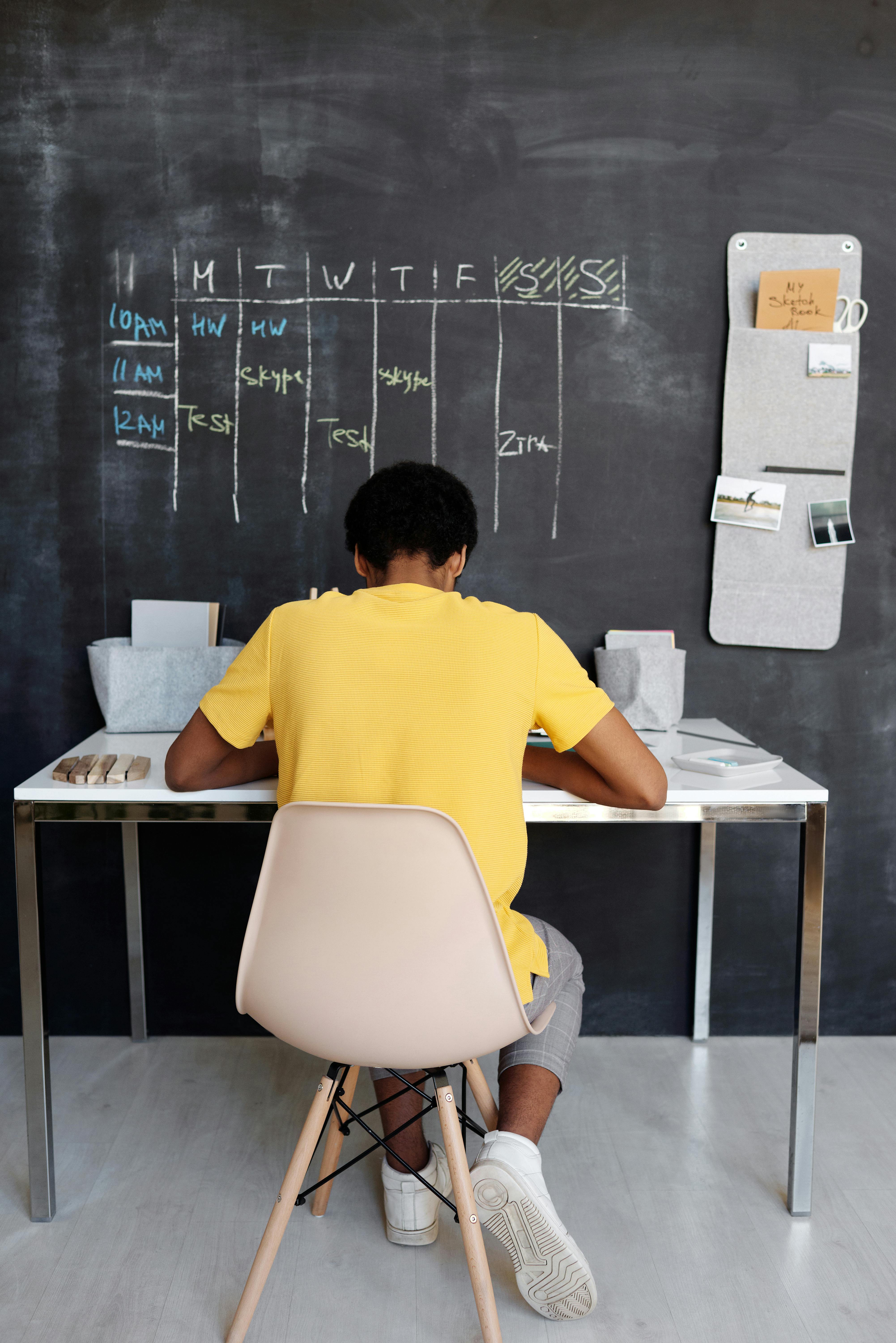
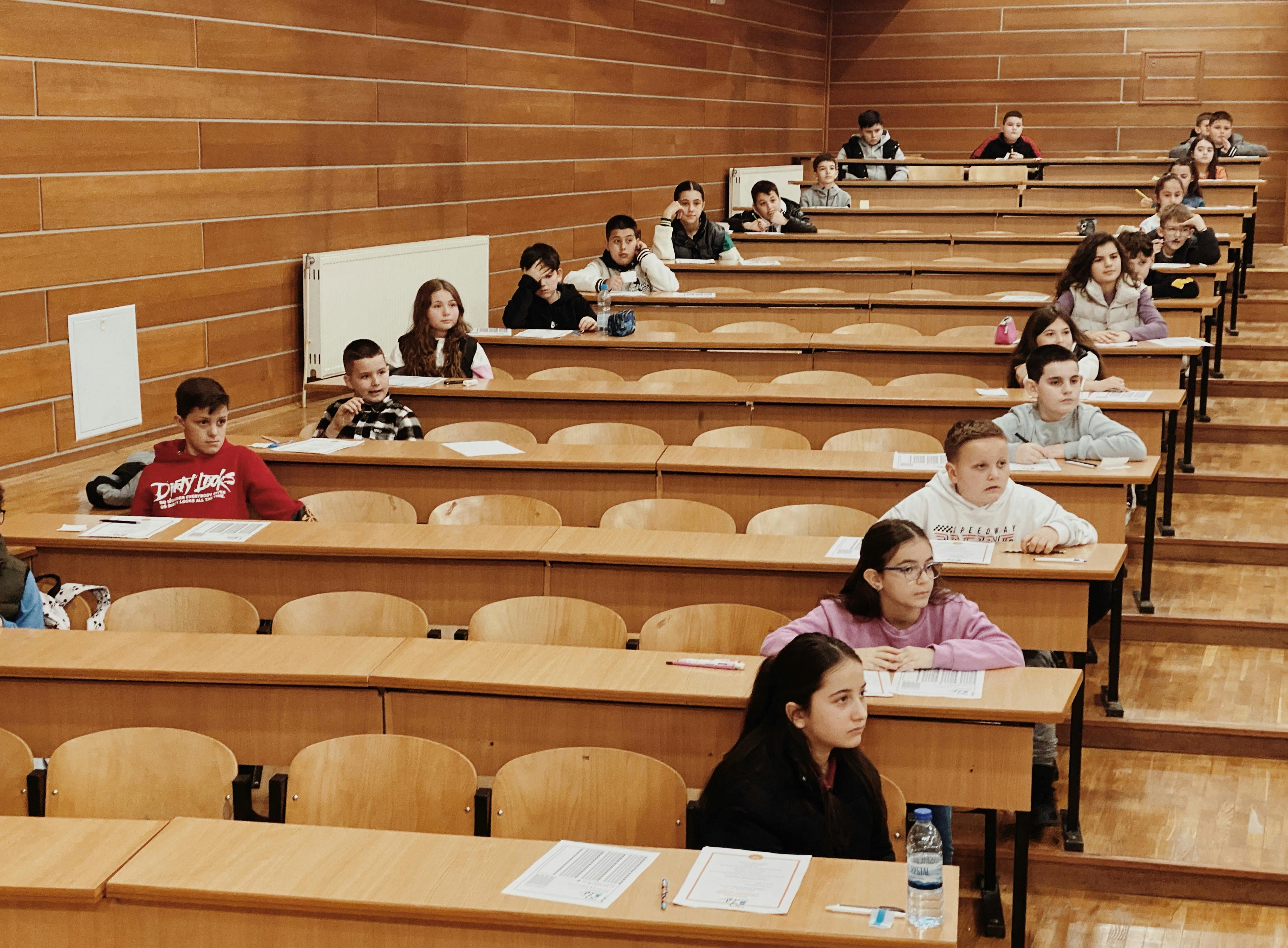
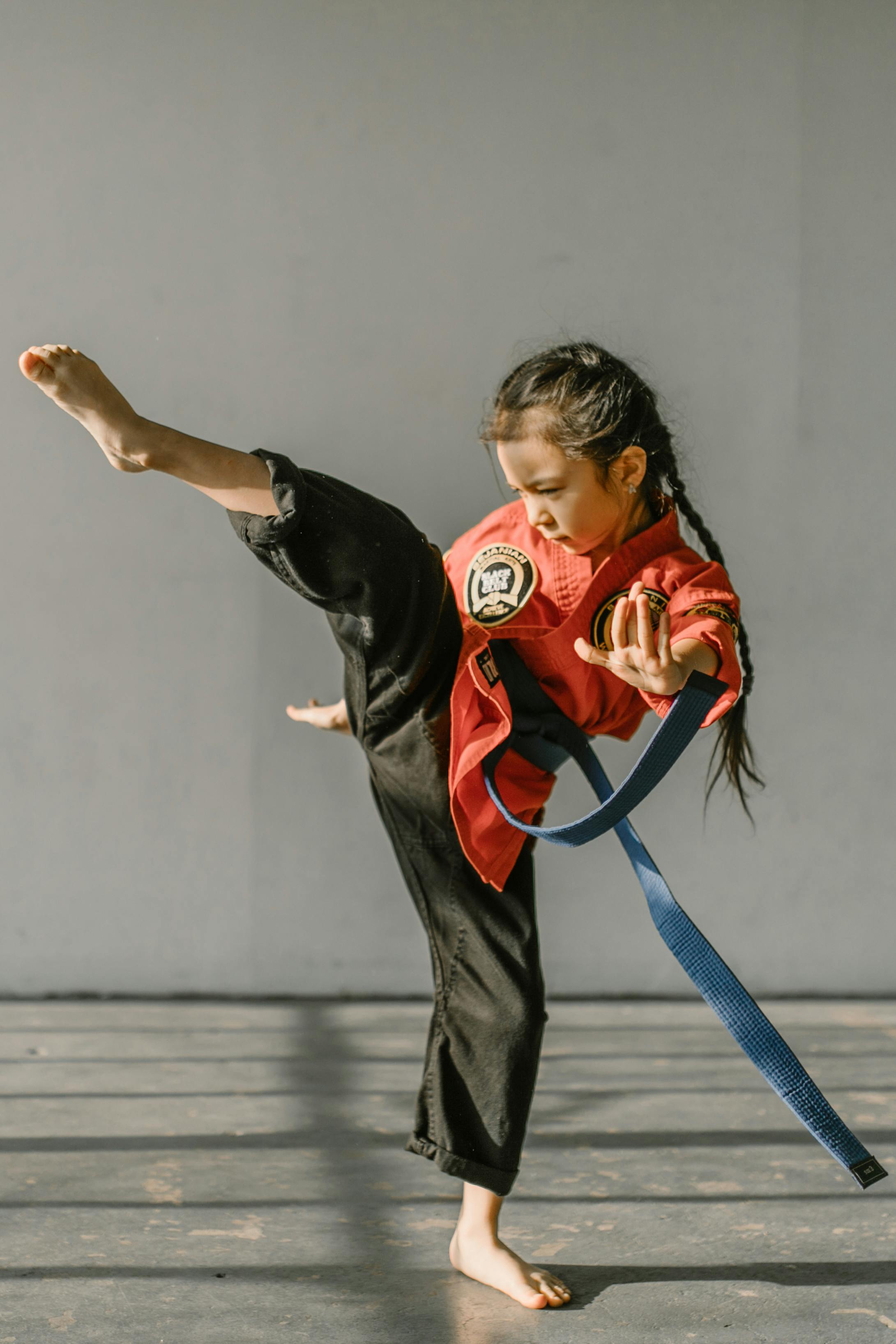
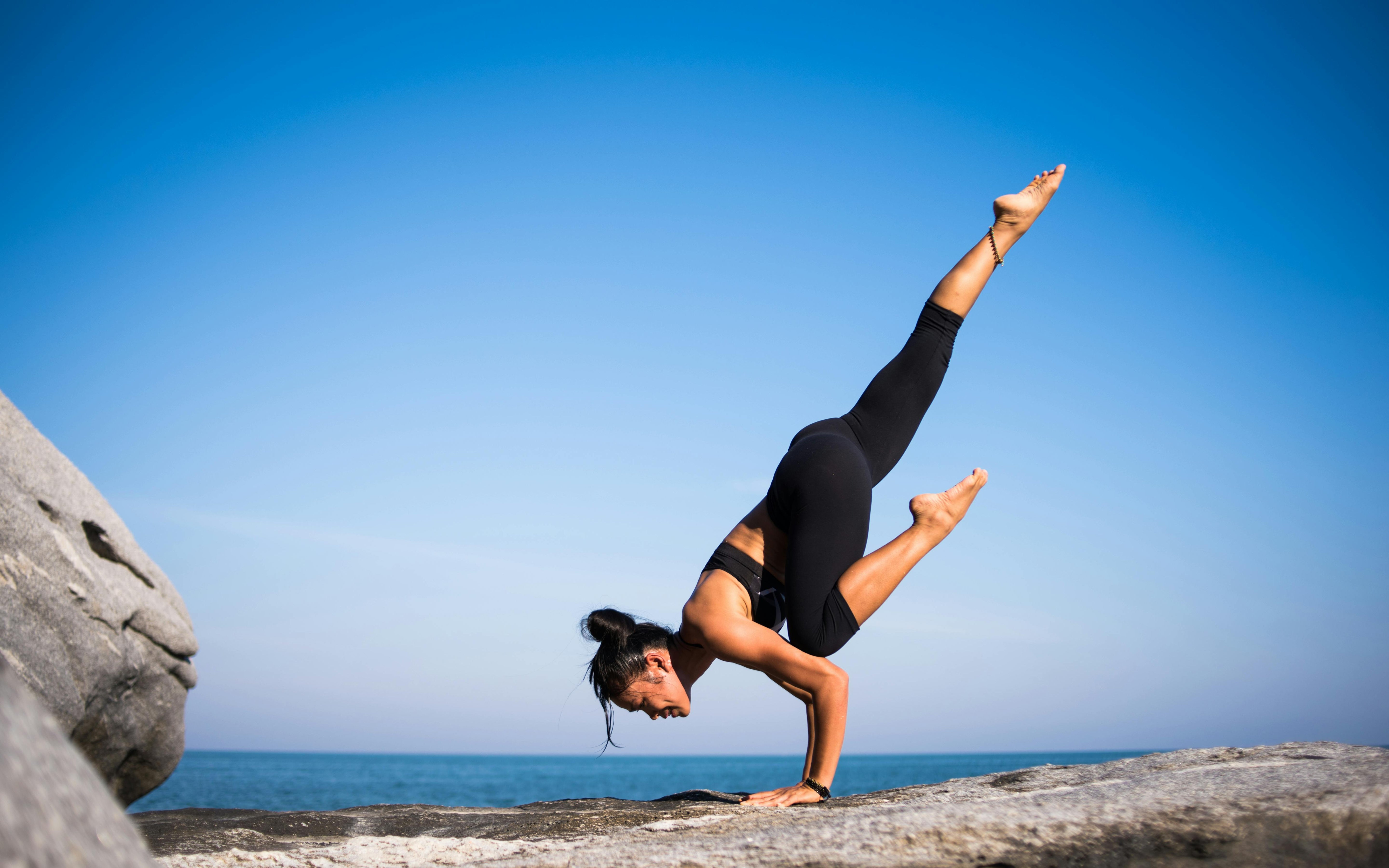
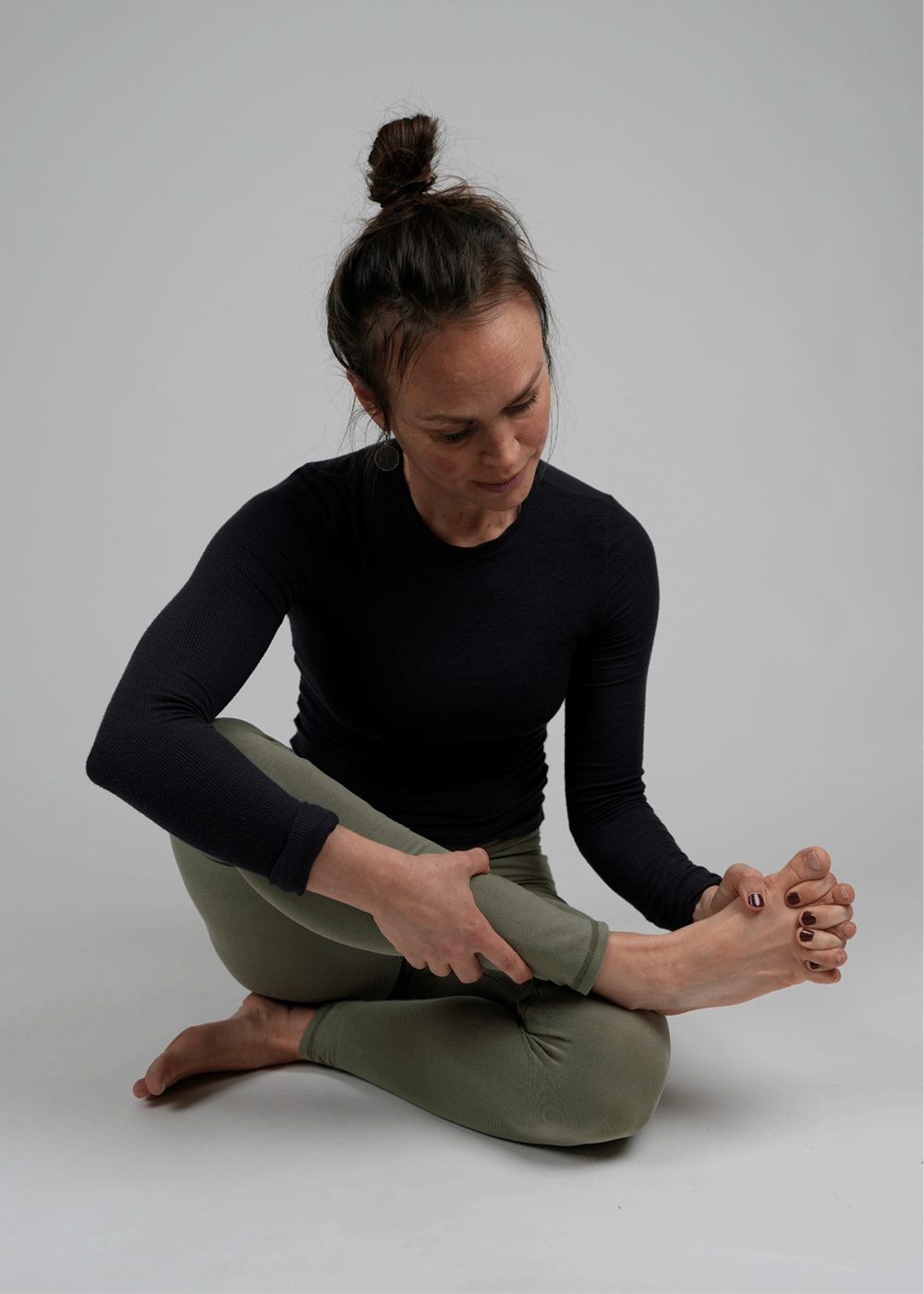
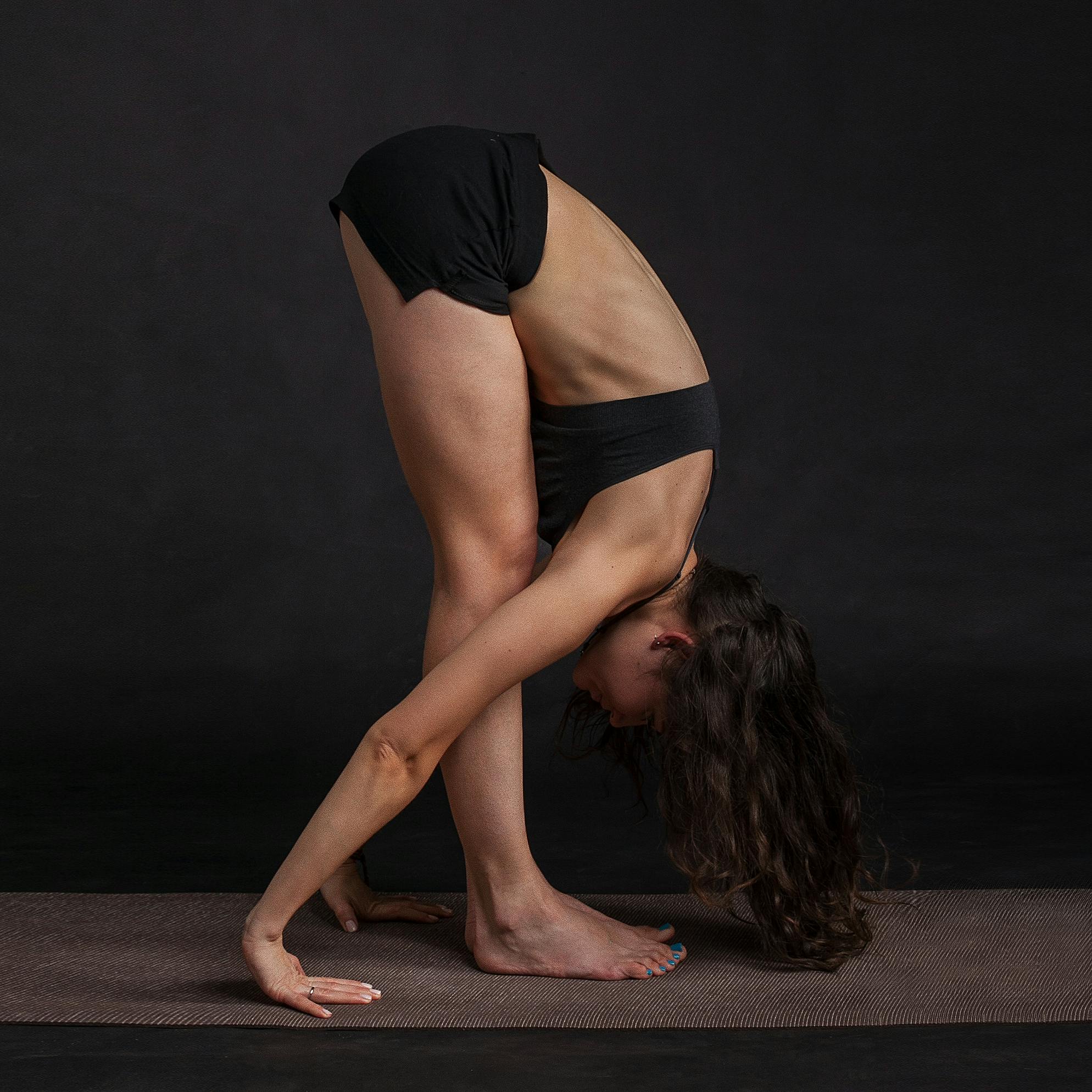

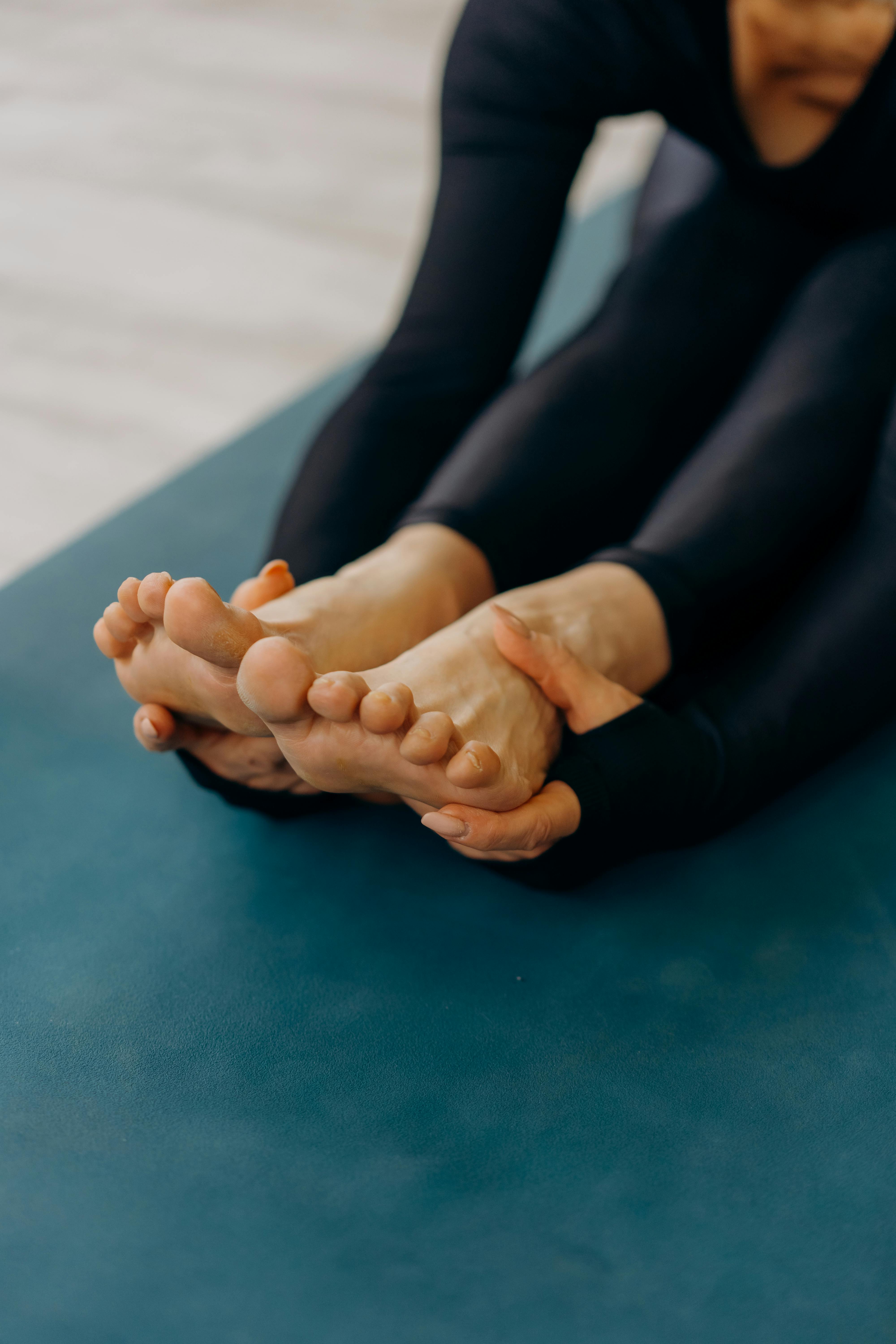
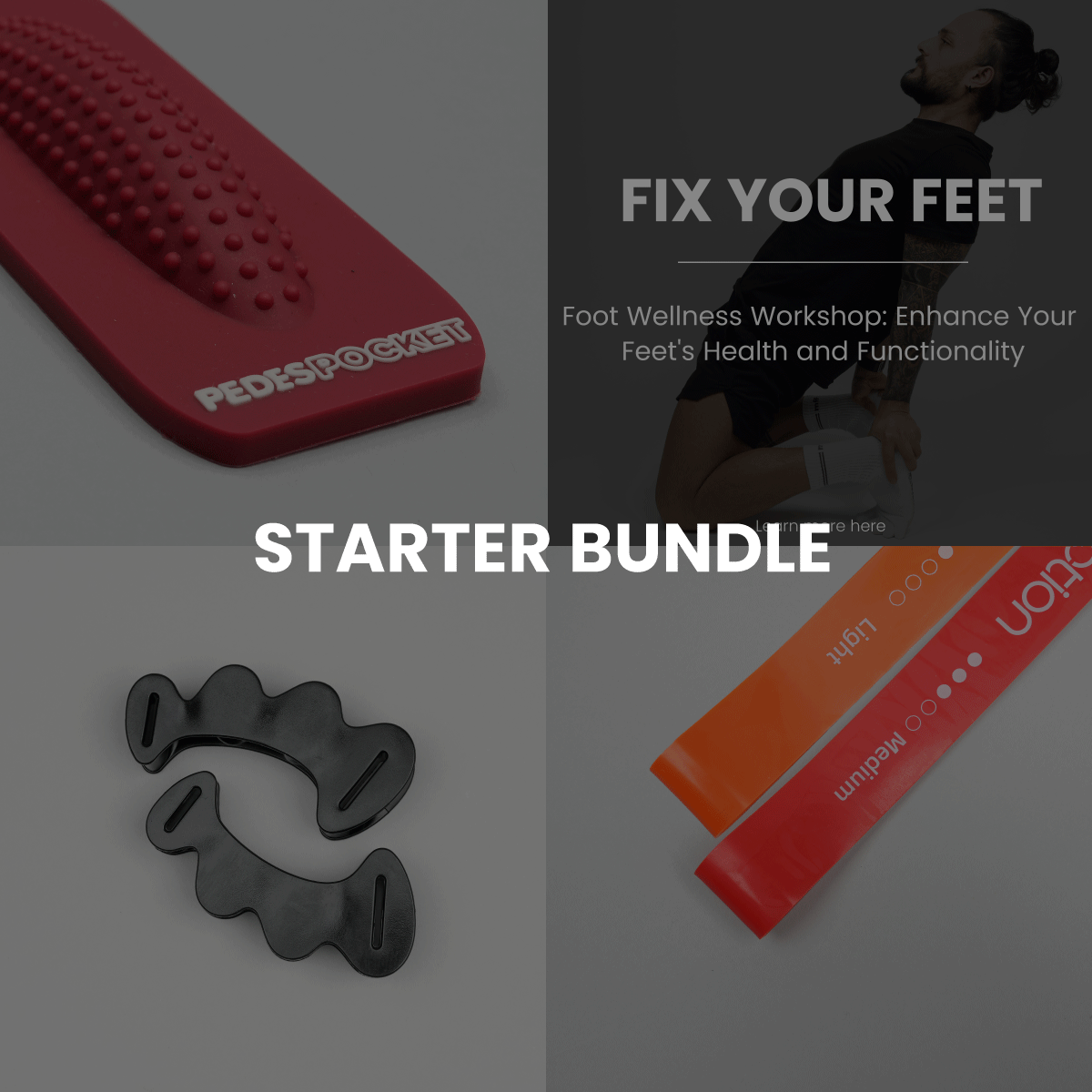
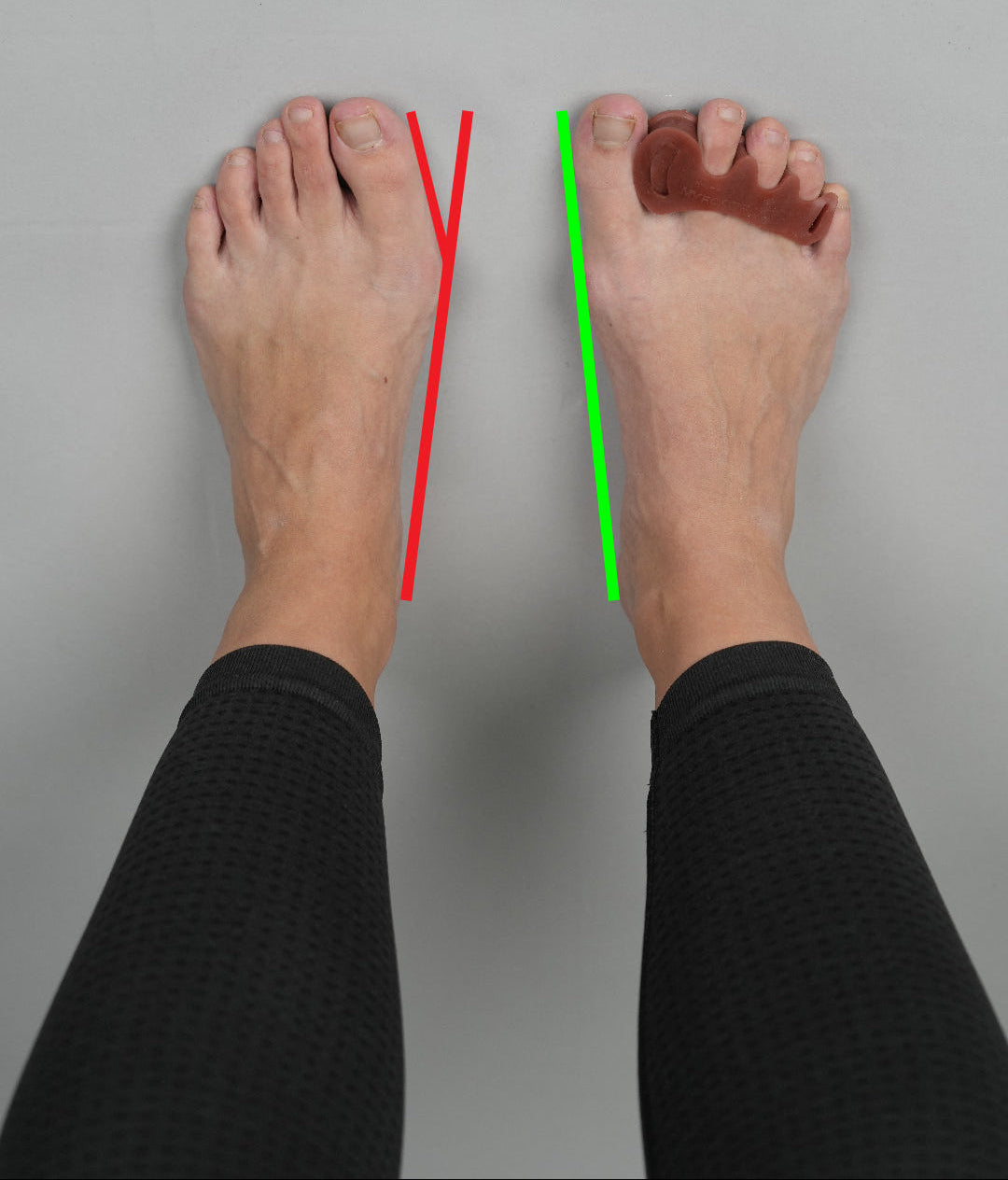
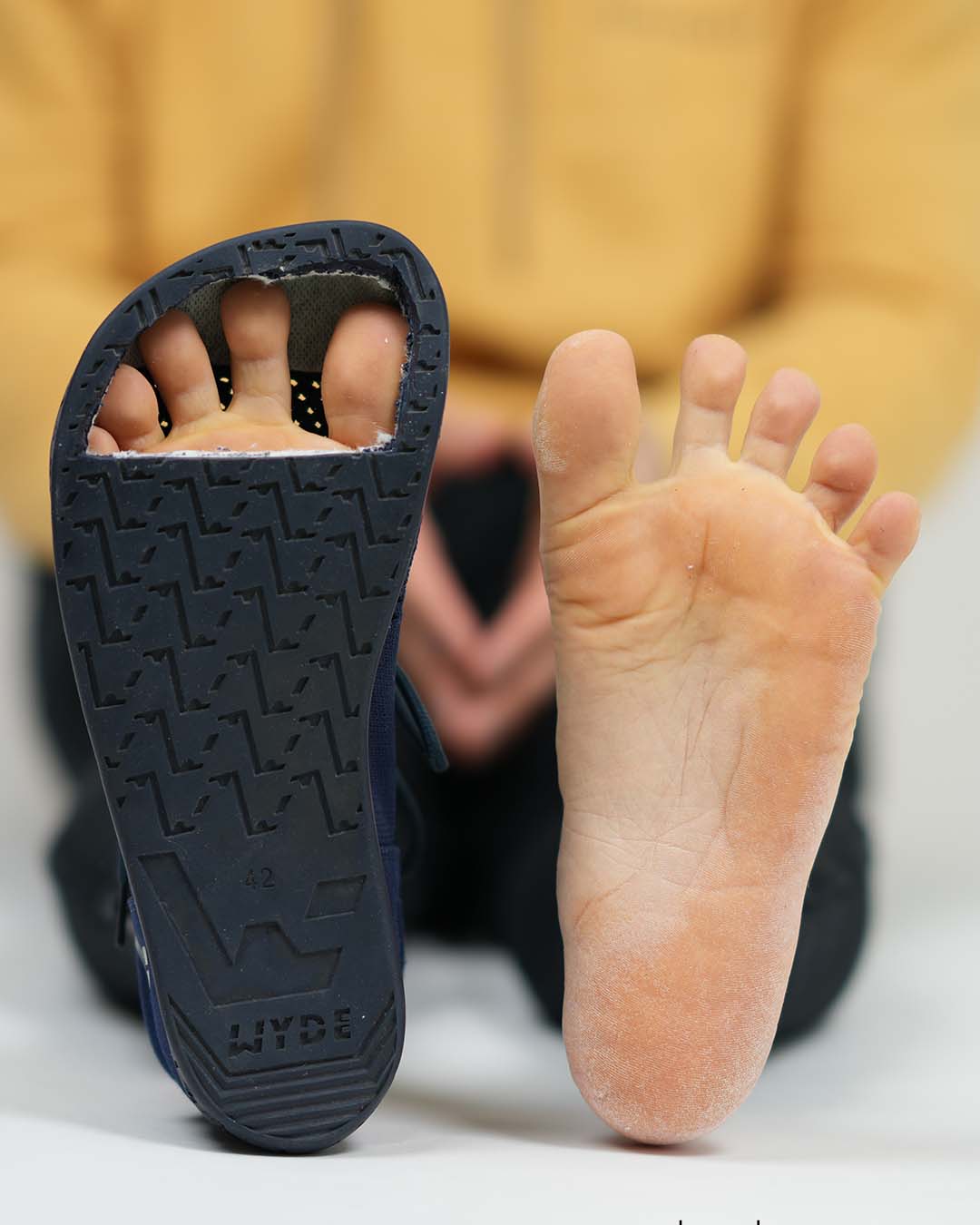
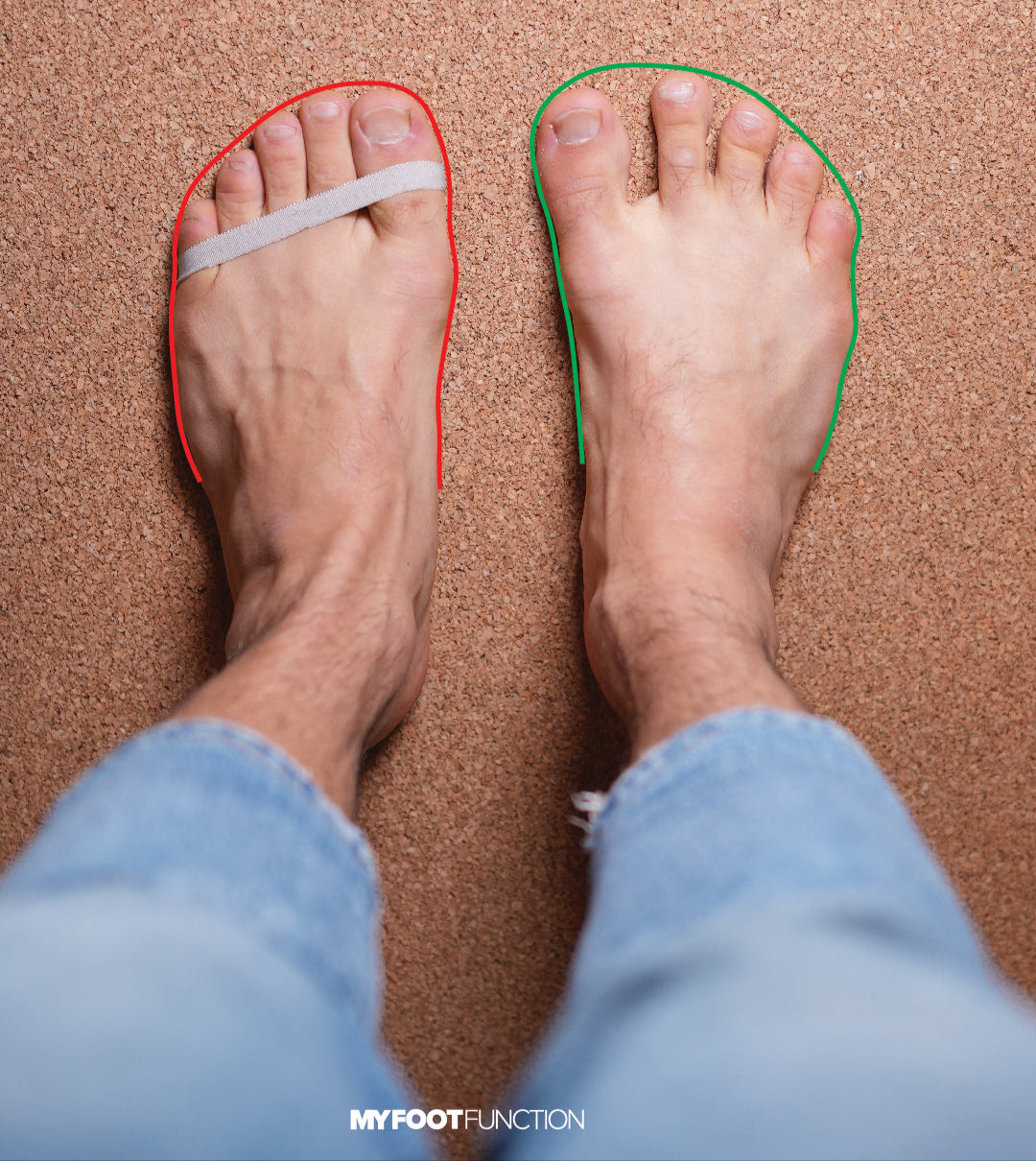

Share:
La huella de Harris y Beath
El diagnóstico de pie plano en niños.